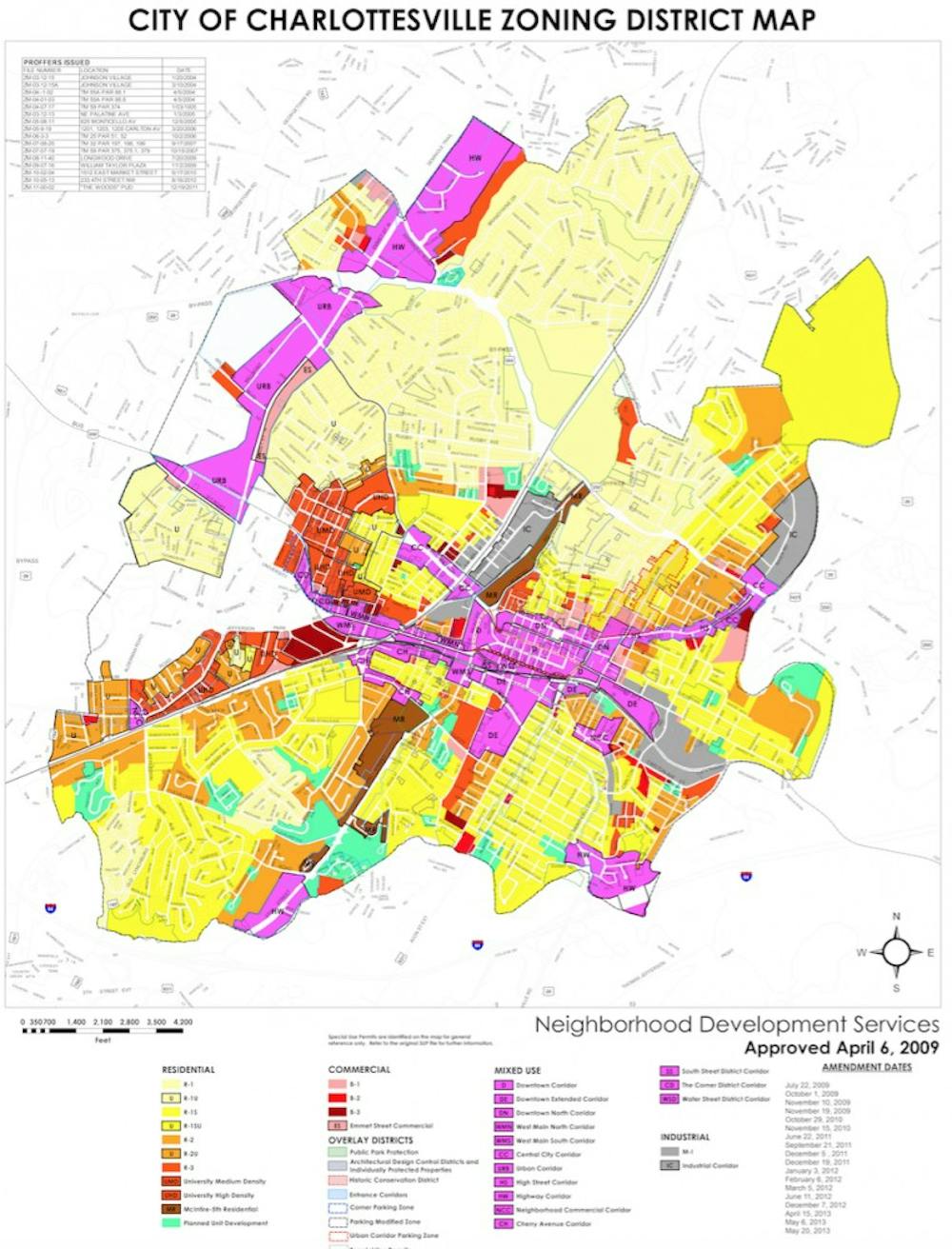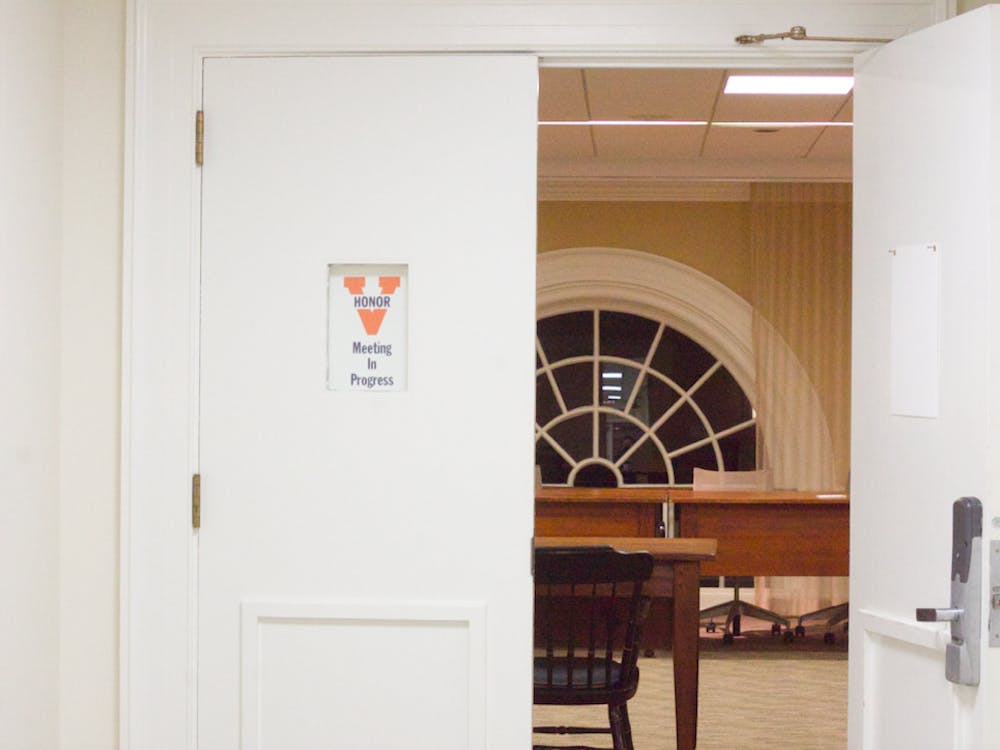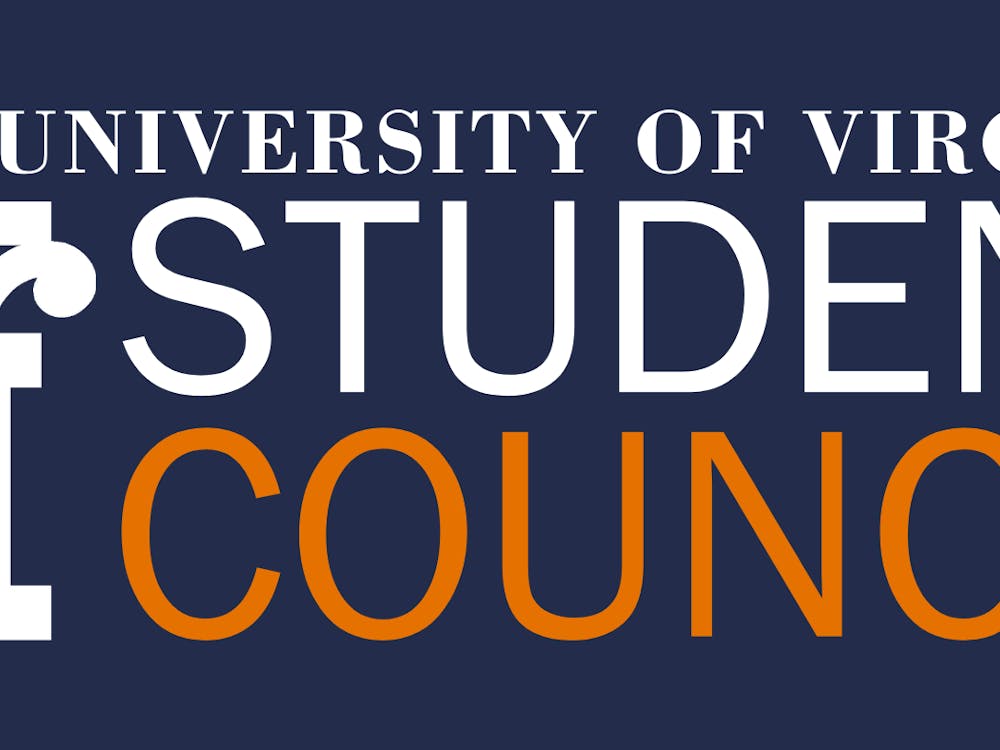On the night of Tuesday, Sept. 12, a sign reading “Black Lives Matter — F—k White Supremacy,” was placed at the foot of Thomas Jefferson’s statue which sits north of the Rotunda during a protest condemning the University’s glorification of its founder. In his time, Jefferson was the quintessential symbol of white supremacy — a well-educated, land-owning and wealthy white man. He owned many slaves, founded the University, served as a governor of Virginia, wrote the Declaration of Independence and was a president of the United States. Jefferson and his legacy, including the University, serve as overt symbols of white supremacy. However, it is not solely overt symbols of white supremacy which set our society back — it is also the institutional racism which pervades deep into our society. Gentrification is part of this institutional racism which exists in Charlottesville today.
Initially, gentrification is appealing with its ability to reduce crime rates, increase home values, better school systems and restore aged homes. Unfortunately, these deceivingly positive aspects are coupled with the removal of the original residents of these neighborhoods, usually minority groups. With wealthy developers, investors and homeowners entering a neighborhood and renovating the existing homes or constructing new properties, the original residents are priced out of their homes and forced to relocate or risk bankruptcy. Gentrification is often branded by developers and city planners as “revitalization” in order to attract middle class residents to the area with the rise of new shopping, dining, modern condos and renovated homes. However, this effort is essentially no different than the segregation which occurred in the United States after the Civil War and through the mid-20th century. Gentrification at its root is white supremacy.
By forcing minorities out of their homes, gentrification is a form of institutional racism. Here in Charlottesville gentrification is actively in play. Housing prices have continued to rise over the past 17 years. Homeownership among white residents increased by 12 percent between 2000 and 2015, while homeownership among black residents decreased by 12 percent in the same time period. These numbers directly demonstrate the affordable housing crisis which has been exacerbated by gentrification. Neighborhoods such as Vinegar Hill, a historically black neighborhood, are prime examples of gentrification at work in Charlottesville. Vinegar Hill, which sits at the western edge of the Downtown Mall, was redeveloped in the 1960s, forcing some 500 residents to relocate to the the Westhaven public housing project. Even though the Charlottesville City Council passed a resolution in 2011 apologizing for the forced relocation of Vinegar Hill residents in the 1960s, the damage was already done. Generations of Vinegar Hill natives were forced from their homes to make way for wealthy white residents and a new shopping district.
While gentrification is not a monument which sits in front of the Rotunda, it is nevertheless an expression of white supremacy. It honors the middle and upper classes who destroy low-income communities and displace residents for their own capital gain and livelihood. Each time a minority family is priced out of their home, another stone is added to the white supremacist monument of gentrification. Gentrification is a form of institutional racism which pervades deep in our society, furthering the agenda of whites while simultaneously setting back minority residents in low-income communities. Even though gentrification has the ability to revitalize communities, it only serves to aid wealthy individuals. Instead of “revitalizing” these areas, developers should focus on creating affordable housing solutions. Meanwhile, local governments should provide incentives for affordable housing to developers. Additionally, local governments should direct their attention to improving the school systems, another form of institutional racism, in low-income communities.
In the wake of the terrorists attacks which occurred in Charlottesville on Aug. 11 and Aug. 12, the dialogue in Charlottesville has shifted to a healthy debate over the role of the presence of white supremacy in our community, causing some to call for the removal of all statues to Jefferson from the University. However, this is not the most important debate to facilitate. Instead, we should examine the role of institutionally racist policies and practices such as gentrification. Gentrification does more to further the cause of white supremacy in the 21st century than any monument of Jefferson does. We cannot correct history, but we can certainly influence our future by working to end gentrification, improving our school systems and developing incentives for affordable housing projects.
Mary Alice Kukoski is a Viewpoint writer for the Cavalier Daily. She may be reached at opinion@cavalierdaily.com.






